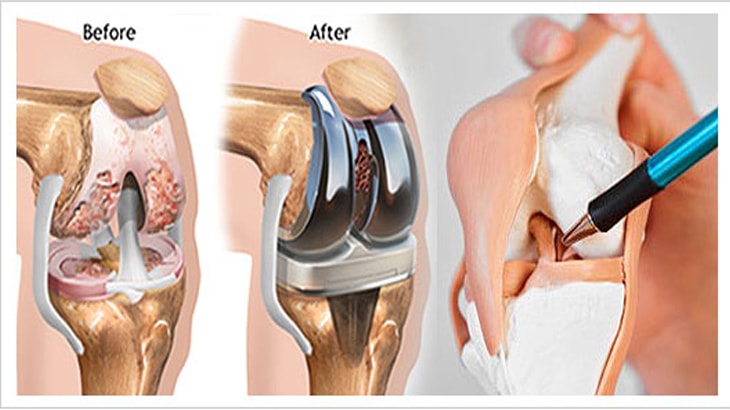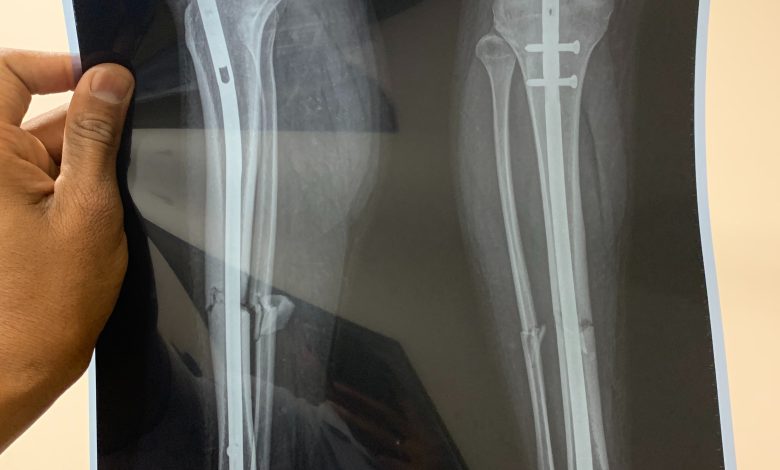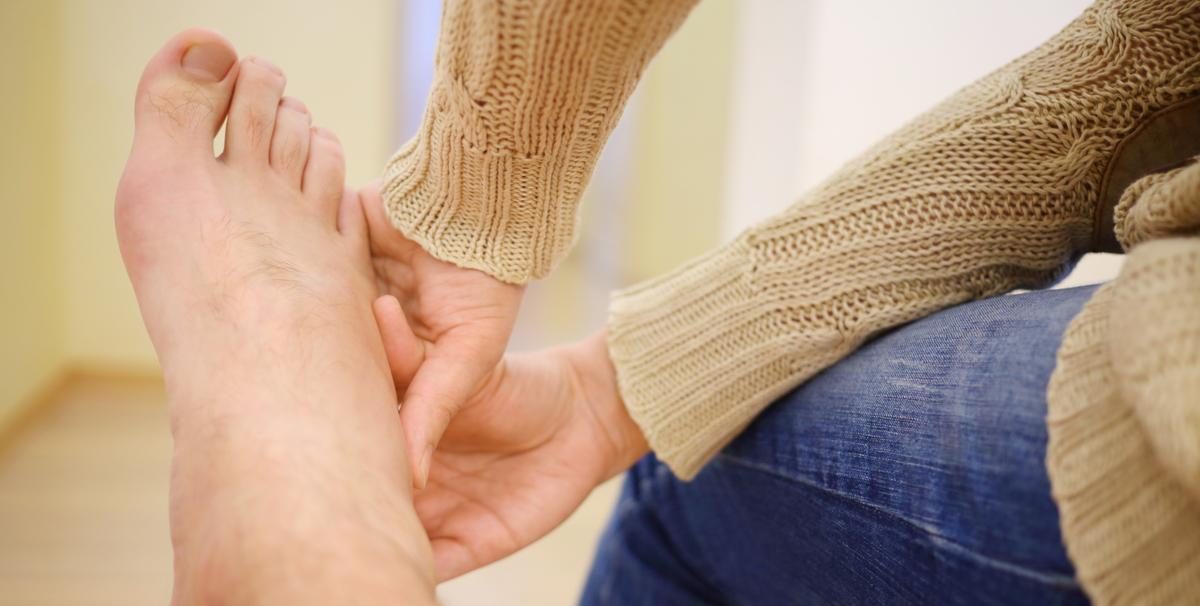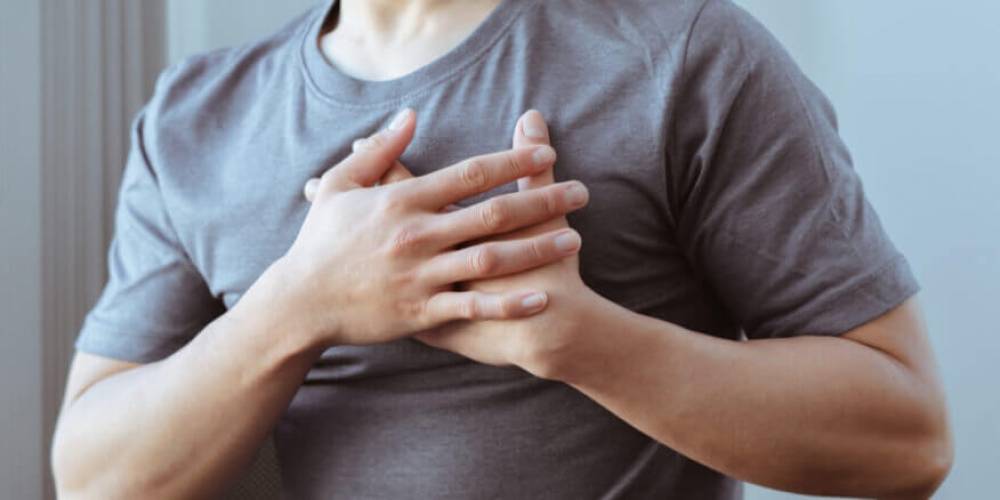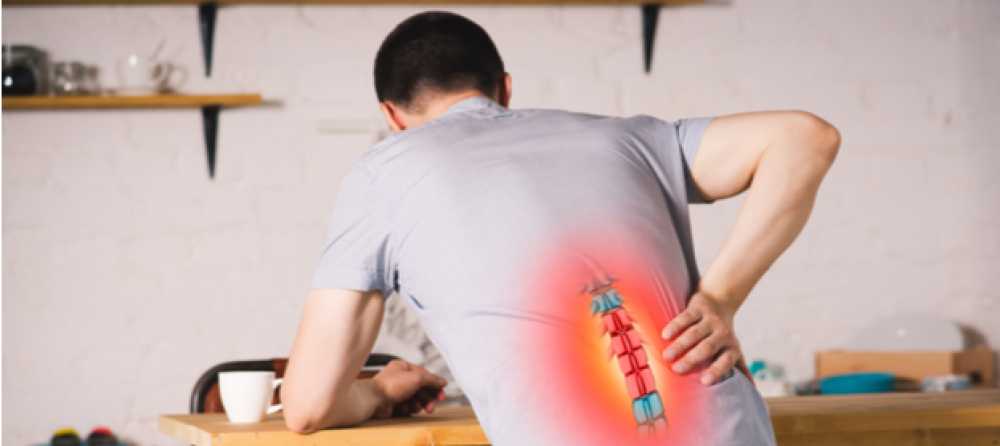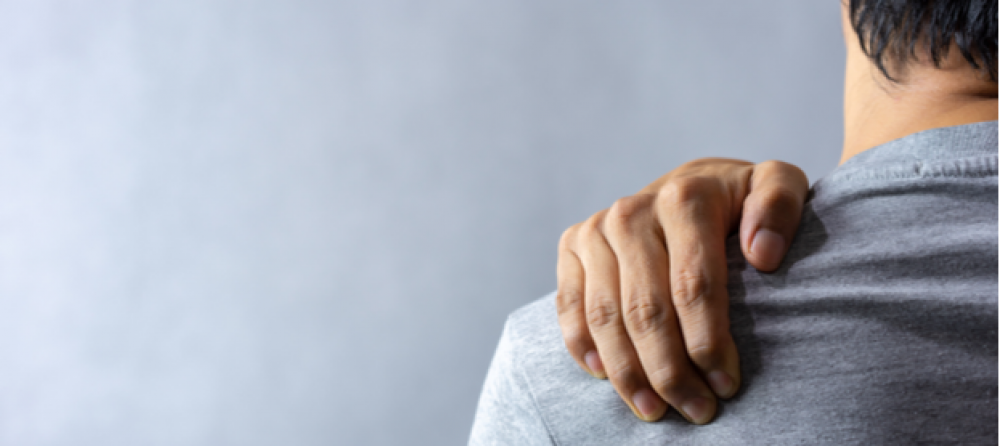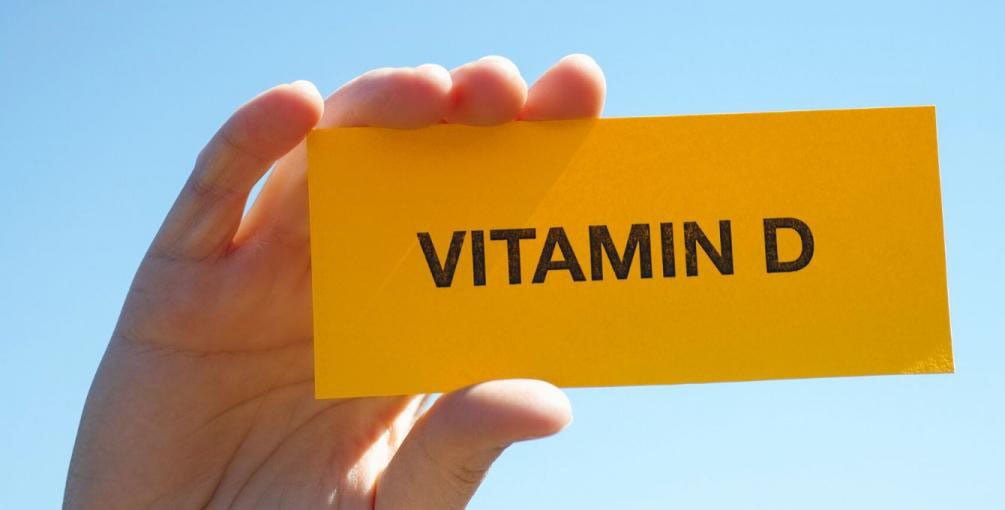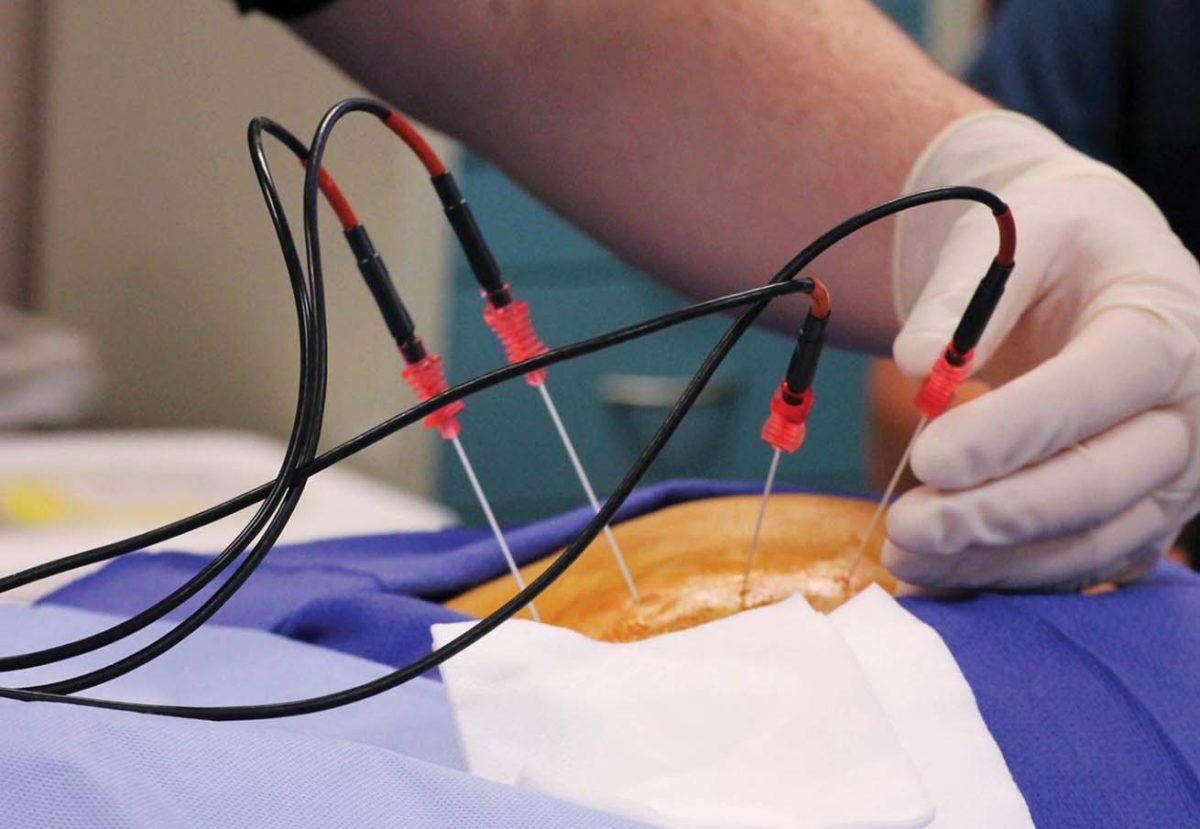What you do not know about neck roughness
Neck roughness is one of the diseases that affect many individuals and many factors help this happen, and the method of treatment is mostly focused on alleviating the severity of symptoms to be able to live a normal life. In the following article, we will learn detailed information regarding this topic, so let us read the following.
Neck roughness
The individual may suffer from neck roughness in many of its components as a result of the occurrence of abnormal degenerative changes in the cervical spine, these changes lead to a gradual narrowing of the space allocated to the spongy disc or disc, and a change in the natural shape of the bones, in addition to the formation of some bumps on the edge of the bone in the neck.
There are many questions raised about how do I know that I have roughness in the neck? and the individual may realize this problem as a result of noticing the presence of severe pain in some areas such as the neck, shoulder, and neck, in addition to his feeling of numbness, and he may also develop atrophy, severe weakness in the muscles, and the loss of the ability to feel well in the extremities.
Symptoms of roughneck
Many individuals may not show any signs of neck roughness, but in cases where some symptoms may appear, they are as follows:
- Feeling severe pain and weakness in the neck area, and the intensity of the pain increases with movement.
- A sensation of something like numbness and discomfort in both arms or shoulders.
- Severe headache and dizziness.
- Loss of ability to move the neck as widely as usual.
- Muscle spasms in both the neck and shoulder.
- The presence of pain in the ear area.
Does the roughness of the neck vertebrae cause numbness in the body?
The roughness of the neck vertebrae has many symptoms, including numbness in the body, and this is due to a disorder in the cervical roots, which is associated with many symptoms, including numbness, in addition to a feeling of numbness in other areas such as the chest, shoulders, and chest, in addition to feeling pain in the neck that extends to the arms, and the presence of severe weakness in one of the muscles of the arms.
Does the roughness of the neck cause shortness of breath?
The shortness of breath that the individual feels is one of the symptoms that accompany the injury of the roughness of the neck, which makes the individual in a state of discomfort and makes him face great difficulty in carrying out any of his daily activities.
Does neck roughness cause dizziness?
One of the symptoms of neck roughness is causing dizziness to the individual, where roughness is a condition in which erosion and tearing occur in the neck vertebrae and it is associated with many other symptoms in addition to feeling dizzy.
Neck roughness treatment
The treatment of neck roughness is according to the extent of the development of the individual’s condition and focuses on controlling the severity of symptoms and alleviating them, and examples of ways to reduce the severity of symptoms:
- Compresses: It is possible to apply both warm and cold compresses alternately between each of them from time to time for 20 minutes, as this helps to reduce the pain significantly.
- Exercises: The individual should focus on doing exercises that maintain the flexibility of the neck joint, which are under the supervision of a specialized doctor to prevent any dangerous occurrence.
- Reducing stress: Be careful to avoid any things that may cause discomfort to the individual, as they may lead to increased neck roughness.
- Sitting positions: Care must be taken to follow appropriate positions while sitting to alleviate symptoms.
Herbal neck roughness treatment
It is possible to alleviate the symptoms that are associated with the roughness of the neck through the use of some herbs that have very good therapeutic properties, such as:
- Willow herb: This herb reduces the severity of symptoms that are associated with neck roughness significantly because it contains very useful substances, in addition to that it works to reduce inflammation and neck roughness pain.
- Devil’s Claw: This herb has many benefits in treating neck roughness that affects the arm and shoulder blade, as it contains procumbent compounds.
- Turmeric: Its benefits are because it contains curcumin, which is very effective in treating infections and relieving pain in the neck area.
- Ginger: contains ginsengol, which works to treat vertebrae and inflammation and relieve the effects of neck roughness.
- Chamomile: It works to alleviate the symptoms that are associated with the roughness of the neck because it contains luteolin and azoline.
Neck roughness treatment with physical therapy
Physiotherapy is one of the methods that are very effective in treating neck roughness, and adherence to these sessions is very important to speed up the recovery process, and this is represented in a set of exercises that are performed under the supervision of a specialist in physical therapy to prevent any errors from occurring.
What is the best treatment for roughness in the neck and shoulder vertebrae?
The best way to treat roughness in the neck vertebrae, which extends up to the shoulder, is by doing some exercises that do not put any pressure on that area and help improve the nutrition of the cervical cartilage, such as doing neck exercises or swimming.
Does cupping treat neck roughness?
Cupping is very useful in treating neck roughness, as it helps regulate the functions of the autonomic nervous system by stimulating the brain and nerve clusters, it also relieves the feeling of tension and anxiety, which is one of the factors that exacerbate the roughness of the neck and much more.
Causes of neck roughness
There are many questions about what are the causes of neck and shoulder roughness. Many things increase the possibility of an individual suffering from roughness in the neck, such as:
- Aging: Neck roughness is a disorder that afflicts the individual, especially during the fourth decade, as the individual after over sixty years of age has a very high incidence of neck roughness.
- Gender: Men are more likely than women to suffer from neck roughness, and they may suffer from it at an early stage of their lives.
- Occupation: Practicing some jobs that require continuous movement of the neck, such as professional dance such as ballet or gymnastics, which leads to exhaustion of the neck as a result of its exaggerated bending.
- Other factors: There may be some other things that cause neck roughness, such as exposure to a previous neck injury, genetic factors, and smoking.
Neck stiffness exercises
When suffering from neck roughness, there is a group of exercises that can be focused on, which have an effective role in strengthening the muscles of the neck and shoulder and reducing the pain that afflicts the individual in each of them, and here are some of the most important exercises used in that:
Forward and backward tilt exercises
This exercise is done in many cases, whether the individual is sitting or standing with very light movement, and it is done by following the following steps:
- At first, you should make sure that the neck is in a straight position on the shoulder.
- Tilt the head forward for 30 seconds and then return to the normal position.
- Then work on tilting the head back until 10 seconds have passed.
- These steps are repeated up to 10 times.
Lateral tilt exercises
In order to do this exercise, the individual must be keen to stand up straight, place the hands on the sides, and spread the feet as much as the distance between the hips, and it is done by following the following steps:
- Work on tilting the head to the right while touching the shoulder to the ear without moving the shoulder itself until you feel a stretch.
- Stay in this position for 10 seconds.
- These steps are repeated on the other side and the exercise is repeated up to 10 times.
Is neck roughness a chronic disease?
Many people wonder about can neck roughness be cured? The answer to this lies in the fact that roughness of the neck tends to be a chronic disease, especially if it is detected late, and in that case, the treatment is focused on alleviating the severity of the symptoms and preventing their development more seriously. The pain that afflicts the individual as a result of the roughness of the neck is chronic and decreases when the individual is in a period of rest, but its intensity increases at night and early morning periods.

